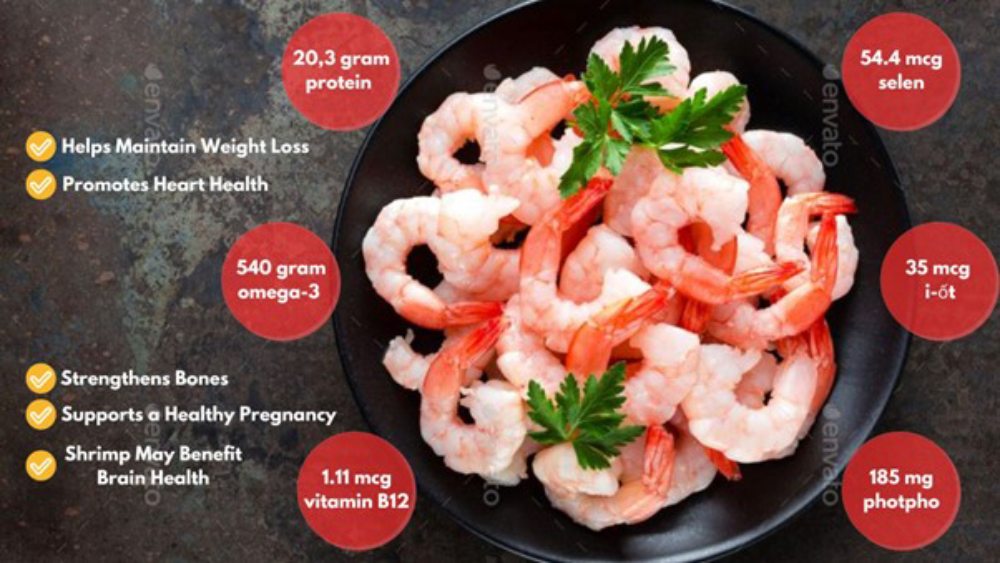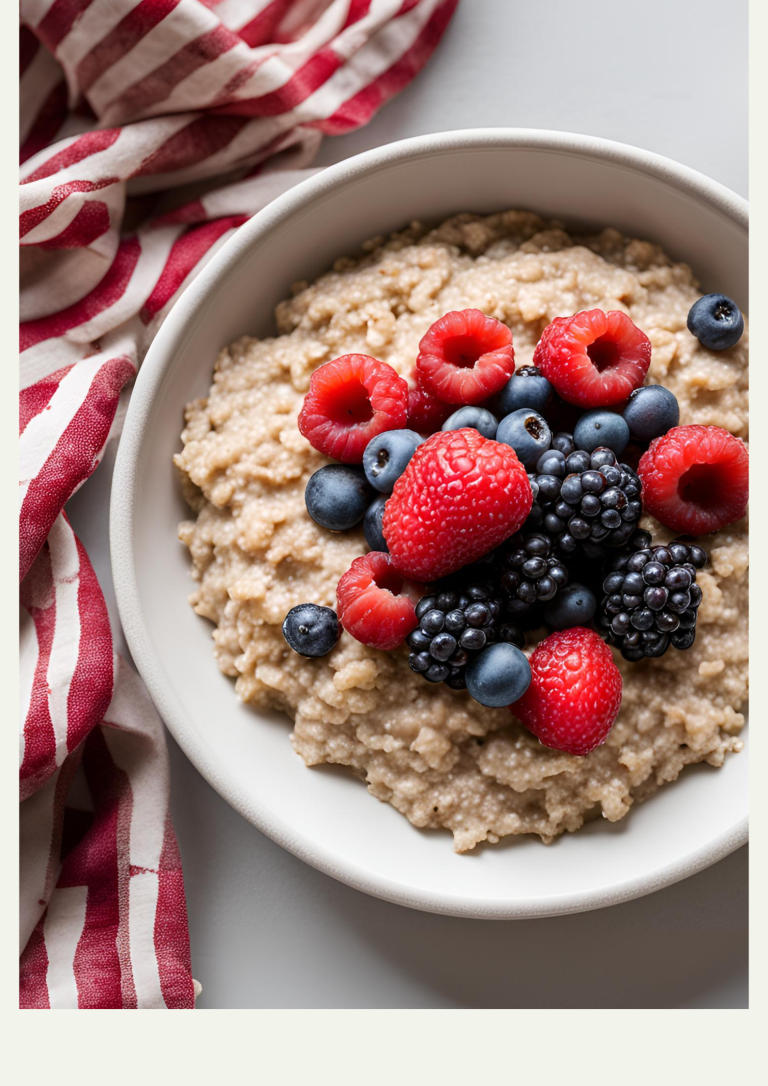Does Shrimp Lower Blood Sugar? Understanding the Impact of Shrimp on Glucose Levels
Shrimp is a popular seafood delicacy known for its versatility, taste, and low-calorie content. But for individuals managing diabetes or watching their blood sugar levels, the question often arises: does shrimp lower blood sugar? The short answer is that shrimp itself doesn’t actively lower blood sugar, but it plays a positive role in blood sugar management due to its unique nutritional profile. In this detailed guide, we explore how shrimp interacts with glucose regulation, its benefits for diabetics, and how it can be included in a balanced, blood-sugar-friendly diet.
Shrimp is almost carb-free, which makes it ideal for those trying to maintain stable glucose levels. A 3-ounce (85 grams) serving of cooked shrimp contains around 84 calories, 18 grams of protein, less than 1 gram of carbohydrates, and virtually no sugar. This macronutrient distribution means shrimp has a very low glycemic index and does not cause spikes in blood sugar.
Foods high in protein and low in carbohydrates tend to have minimal impact on glucose levels. By replacing high-carb, processed foods with shrimp, individuals with diabetes may find it easier to regulate their blood sugar throughout the day.
Another important factor is that shrimp is naturally rich in essential nutrients like selenium, iodine, vitamin B12, and omega-3 fatty acids. These nutrients support metabolic health and inflammation control, which indirectly helps manage insulin sensitivity and glucose levels.
Nutritional Profile of Shrimp (per 3 oz cooked)
Calories: 84
Protein: 18g
Fat: 1g (mostly unsaturated)
Carbohydrates: <1g
Sodium: 94mg
Cholesterol: 166mg
Omega-3 Fatty Acids: 0.5g
The high protein content in shrimp helps keep you feeling full for longer, reducing the likelihood of snacking on high-carb foods that can elevate blood glucose. It also aids in the gradual digestion and absorption of food, which helps stabilize energy levels.
While shrimp doesn’t contain glucose-lowering compounds like fiber or certain phytonutrients found in plant-based foods, it doesn’t raise glucose either. When eaten as part of a balanced meal, shrimp can support a low-glycemic lifestyle by contributing to satiety and reducing overall carbohydrate intake.
Inflammation is a major concern for individuals with diabetes, as it contributes to insulin resistance. Shrimp is a source of astaxanthin, a powerful antioxidant known to reduce inflammation. Moreover, omega-3 fatty acids in shrimp are linked to improved heart health and reduced insulin resistance.
People with type 2 diabetes often benefit from diets rich in anti-inflammatory foods. While shrimp alone won’t reverse insulin resistance, it can be a helpful part of an anti-inflammatory, diabetic-friendly meal plan.
The method of cooking shrimp significantly affects its health benefits. Frying shrimp or smothering it in high-sugar sauces can negate the benefits. Instead, prepare shrimp using healthy cooking techniques like:
- Grilling with herbs and olive oil
- Steaming with lemon and garlic
- Baking with vegetables and light seasoning
- Stir-frying with low-sodium soy sauce and non-starchy vegetables
These methods retain shrimp’s natural health benefits while avoiding added fats, sugars, and sodium.
Integrating shrimp into meals that contain fiber, complex carbs, and healthy fats can create a blood-sugar-friendly dish. For example, shrimp paired with a quinoa salad, avocado slices, and a variety of non-starchy vegetables makes a complete, balanced meal.
In terms of meal planning, shrimp can be a go-to option for:
- Shrimp and vegetable skewers
- Shrimp lettuce wraps
- Shrimp and avocado salad
- Shrimp with roasted cauliflower rice
- Shrimp stir-fry with bell peppers and mushrooms
Each of these meals contains a balance of protein, fiber, and healthy fats, promoting stable blood sugar levels.
Shrimp can also support weight management, which is crucial for individuals with prediabetes or type 2 diabetes. Protein-rich foods like shrimp increase satiety, helping reduce calorie intake. Maintaining a healthy weight is one of the most effective ways to improve insulin sensitivity and prevent diabetes progression.
Studies show that replacing high-carb or fatty meals with lean proteins like seafood can significantly improve metabolic markers. One study published in the American Journal of Clinical Nutrition found that increased seafood consumption was associated with lower fasting glucose levels and improved lipid profiles.
Shrimp is also beneficial for cardiovascular health, which is a key concern for diabetics. Omega-3 fatty acids in shrimp help reduce triglycerides, lower blood pressure, and prevent plaque buildup in arteries. This is particularly important as people with diabetes are at higher risk for heart disease.
Also Read: Grits for Diabetics: Everything You Need to Know About This
Some people express concerns about the high cholesterol content in shrimp. However, modern nutritional science has largely debunked the idea that dietary cholesterol directly causes heart disease. The real culprits are saturated fats and trans fats, which shrimp contains very little of.
If you’re managing diabetes and have concerns about cholesterol, it’s best to speak with a healthcare provider. But generally, moderate shrimp consumption is considered heart-healthy.
Diabetics can include shrimp in their weekly menu without concern. For most people, 2–3 servings of seafood per week are recommended. A single serving of shrimp (about 3–4 ounces) is enough to reap the benefits without overconsumption.
While shrimp is a nutrient-rich food, certain individuals should be cautious:
- People with shellfish allergies should avoid shrimp completely.
- Those with kidney disease should monitor protein intake.
- Frozen or processed shrimp may contain high levels of sodium and preservatives.
Always choose fresh or wild-caught shrimp when possible, and read labels for added ingredients if using packaged options.
In summary, shrimp may not directly lower blood sugar, but it certainly supports blood sugar control and overall metabolic health. With its low carbohydrate content, high protein, and nutrient density, shrimp fits well into a diabetic diet. When prepared healthfully and eaten as part of a balanced meal, shrimp can help reduce the risk of blood sugar spikes and promote long-term wellness.
Also Read: 3 Desserts for Diabetics: Guilt-Free Sweet Treats to Enjoy Anytime
FAQs
1. Does shrimp lower blood sugar levels?
Shrimp does not actively lower blood sugar, but it helps maintain stable levels due to its low-carb and high-protein content.
2. Is shrimp safe for people with diabetes?
Yes, shrimp is safe and beneficial for people with diabetes when prepared in a healthy way and eaten in moderation.
3. How much shrimp can a diabetic eat per week?
Diabetics can consume shrimp 1–3 times a week as part of a balanced meal plan.
4. Is shrimp high in carbohydrates?
No, shrimp contains less than 1 gram of carbohydrates per serving, making it ideal for low-carb diets.
5. Can shrimp cause blood sugar spikes?
No, shrimp does not spike blood sugar due to its very low carbohydrate content.
6. Is fried shrimp okay for diabetics?
Fried shrimp is not recommended due to added carbs and unhealthy fats. Opt for grilled or steamed versions.
7. Does shrimp improve insulin sensitivity?
While shrimp doesn’t directly affect insulin, its anti-inflammatory properties and protein content can support insulin function.
8. Can prediabetics benefit from eating shrimp?
Yes, shrimp is a great protein option for those with prediabetes looking to stabilize blood sugar and reduce weight.
9. What are the best sides to eat with shrimp for blood sugar control?
Pair shrimp with fiber-rich vegetables, whole grains like quinoa, and healthy fats such as avocado.
10. Are there any risks in eating shrimp for diabetics?
Aside from allergies or high sodium in processed varieties, shrimp is generally safe for diabetics when eaten in moderation.






